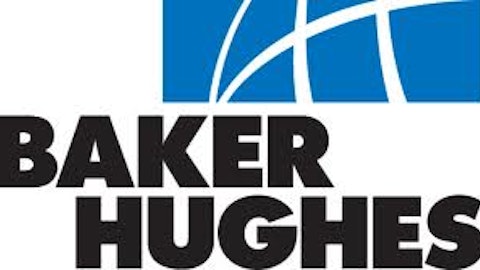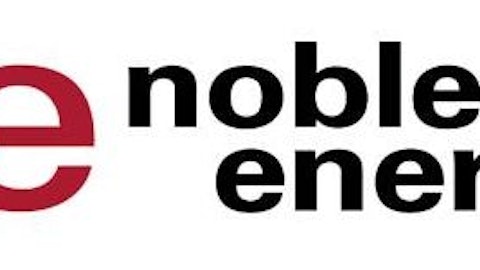
Photo Credit: Flickr/Laszlo Ilyes
One of the big issues many have with fracking is the massive amount of fresh water required to frac each well. In some cases the process uses upwards of five million gallons of water per well. That is a lot of water, and for perspective the average golf course uses about four million gallons of water to irrigate the course every three weeks. While there are more than 17,000 golf courses in the U.S. that need to be watered, water is a much bigger problem for the oil and gas industry. Overall, access to fresh water is such an issue that oil and gas producers are looking to increase the amount of water that is being treated and recycled so it can be used again to frac new wells.
That trend could become even more important in the future because some producers are finding that by using more water and proppants to frac a well the results are even better. It is that increased use of water that could provide an even greater opportunity for the water recycling partnership that has recently developed between Halliburton Company (NYSE:HAL) and Nuverra Environmental Solutions Inc (NYSE:NES).
This trend to use more water per frac actually flies in the face of what some analysts had worried about, namely that producers will start cutting the amount of water used to frac each well in order to reduce costs. Instead, what Nuverra Environmental Solutions Inc (NYSE:NES) is seeing is not a decline in the millions of gallons used to frac each well, but in the case top customer Whiting Petroleum Corp (NYSE:WLL) , in particular, it is currently working on fracs using more water, which is producing superior results. Whiting Petroleum Corp (NYSE:WLL) had been known for using less water than its peers, however, if that trend of increased water in fracks catches on it will only strengthen the notion that producers need to double down on the effort to use recycled water.
Overall, increasing the volume of what’s pumped down a well to frac it is gaining momentum. For example, producers like Pioneer Natural Resources (NYSE:PXD) are finding that increasing the volume of sand proppants used in each frac is leading to more desirable results. CEO Scott Sheffield recently said on the company’s last conference call that, “The results look very positive, though, to basically pump more proppant. That’s getting pretty clear to us. And so that’s, I think, the direction we’re going.”
Now, it would appear that proppants aren’t the only item producers are using in increased volumes to frac wells. This is both a problem, and an opportunity. The problem of course is that the industry already uses a lot of water, however, that just opens up the opportunity for it to recycle more water. In fact, with estimates of upwards of 50,000 future wells in the Bakken alone, up from just a few thousand today, this represents a massive amount of water that could be recycled.





